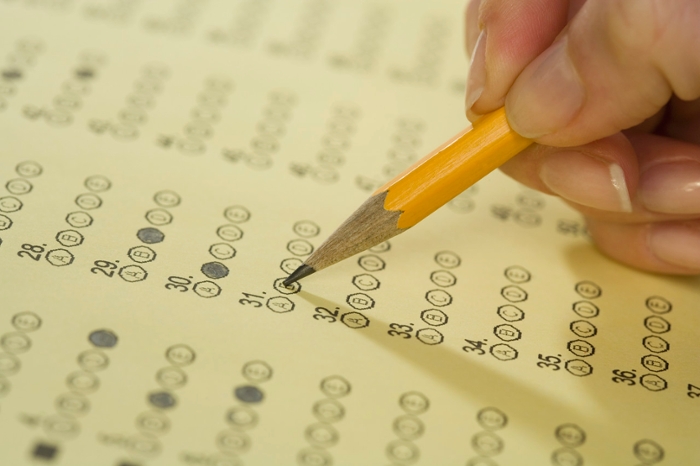Whether you are still in uniform or have already left the service, you may be looking for a way to generate higher education credit that will have little impact on your hectic schedule. Wouldn’t it be nice to be able to learn about a topic on your own time without having to be present at classes and generate higher education credit by simply passing an exam at the end? Thanks to CLEP exams, that possibility has been a reality for many years and you too can take advantage of it. The College-Level Examination Program has been popular with service members and veterans since it was first presented, for valid reason. CLEP exams are just what the name implies: an opportunity to generate credit by exam. You choose a topic to study, set a date to take the evaluation and if you pass, you will earn higher education credit. Thirty-three CLEP exams are currently available in subjects which range from computer and computer programs to English Literature, with the value of an individual exam which range from three to 12 credits. Examining happens year-round.
 Here are some more reasons to take CLEP exams:
Here are some more reasons to take CLEP exams:
- It’s affordable. In fact, CLEP examinations are 100% free for active-duty members who take a test through DANTES, the Defense Activity for Non-Traditional Education Support. (However, this will apply only to your first attempt at a particular CLEP exam; if you fail a test, you must wait six months before you can take it again and then you would have to pay the standard test fee of $80.)
- You can study at your own time and speed until you feel ready to take the evaluation.
- CLEP exams fit well with varying plans and short-notice deployments, since you don’t have to be present at a regular class over a period of several weeks, saving you lots of your time.
- Active-duty CLEP evaluation takers may be able to obtain 100 % free study materials. Check with your installation education center; DANTES offers 100% free, reproducible duplicates of individual exam guides.








